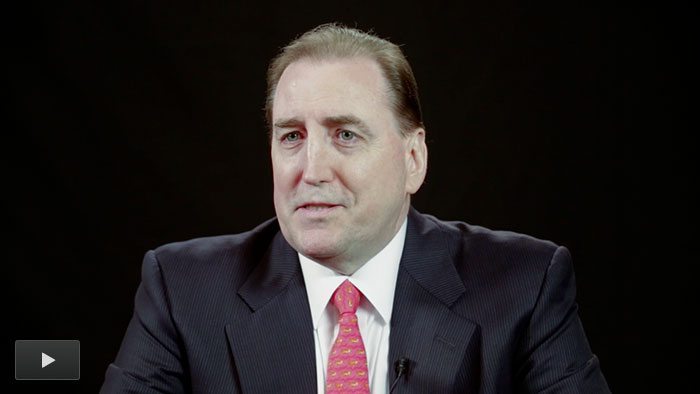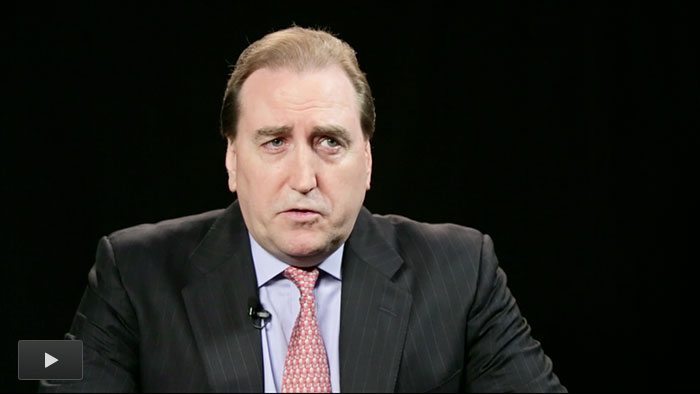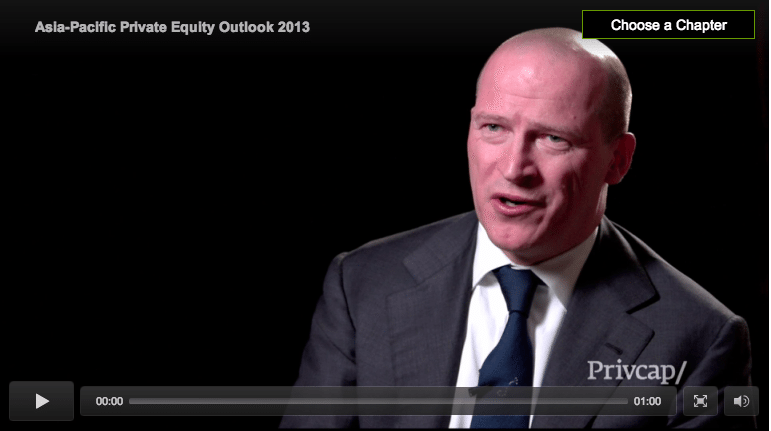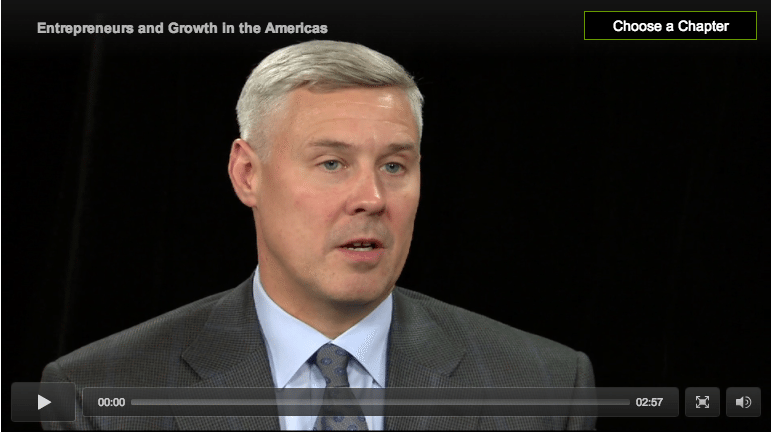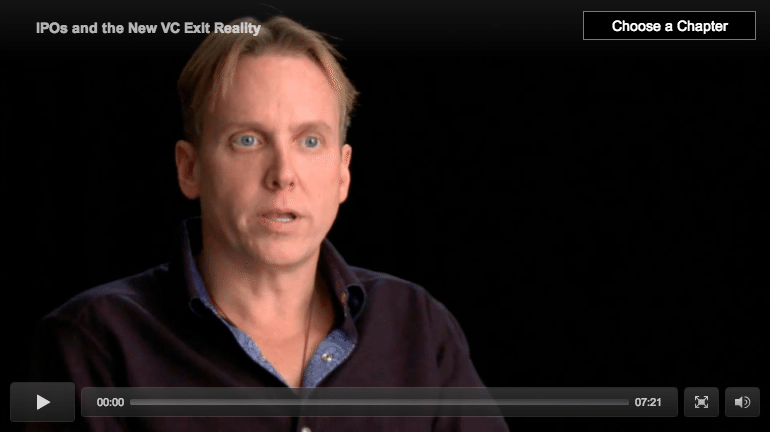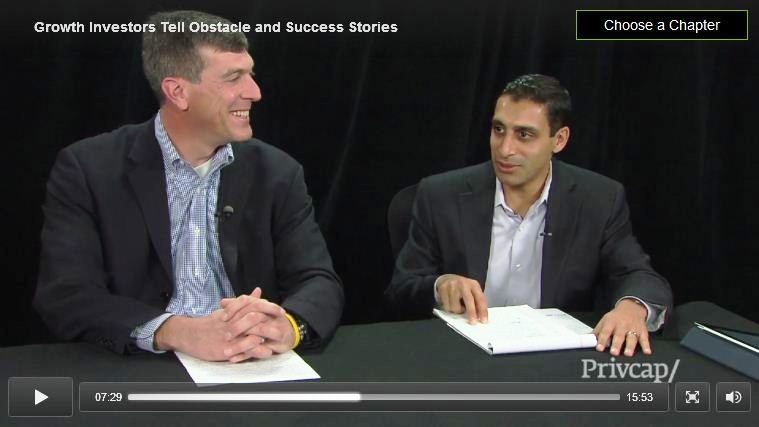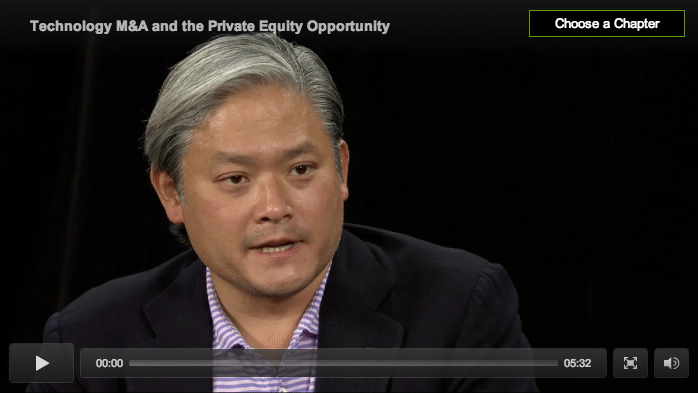Choppy 2012 For PE-Backed IPOs
Jeffrey Bunder, Global Private Equity Leader for EY, shares his observations on 2012 private equity-backed IPOs and why this critical market remains flat relative to the prior year.
Transcript Download Transcript
Choppy 2012 for PE-Backed IPOs David Snow, Privcap: Jeff Bunder from EY, welcome to Privcap today. Your group just put out a report called “Private Equity, Public Exits.” It’s all about the IPO market, but specifically private -equity-backed IPOs. Can you tell us what some of the latest findings are from your most recent report? Jeffrey Bunder, EY: Sure. We put together a global piece, as you mentioned. And it’s a quarterly piece where we look back at the prior quarter and then compare it also to prior periods, prior years, on a global basis. So some of this is regional. But is it the regional differences? But to generalize, the activity is still pretty slow. And I’d compare it to not necessarily the boom years, when we saw a number of IPOs go out that are PE-backed, but also 2010, which was a fairly robust rebound in terms of IPO activity. So 2012 has been down—somewhat consistent with 2011, but characterized by a very choppy market. The deals are dominated by the U.S. There are certain deals going on in the emerging markets, but they tend to be more the exception these days. So overall, I think the punch line is, there are still PE-backed companies going public. There’s just not as many as the 2010 period. And certainly not even close to the pre-2008 period. But comparatively, if you look at overall percentage, PE-backed companies have been up relative to the total number of IPOs. So I think it’s a really difficult market to take a company public. I think the good news from a private equity standpoint is, if you have a really good company, there’s a good chance that you can take it public. Snow: Very briefly, do you see any themes by sector? Like, are there certain types of companies in certain sectors of the economy that stand a better chance of going public than elsewhere? Bunder: Yeah, and I think the sector story is pretty consistent, whether it be from the buyout side or the exit side. Energy is certainly a sector where we’re seeing quite a bit of activity, both on the buy side as well as the sell side. But in particular, IPOs. That seems to be a sector that is sort of resistant to the ebbs and flows of the public market. So if you have a business—and a lot them are private-equity-backed—that’s in energy and are looking to go public, it’s a good market. And that’s across the geographies as well, not just a U.S. phenomenon. Snow: Well, given the amount of value that is trapped inside of a lot of different private equity funds—the number of unexited companies that are sort of waiting to go—how important is the exit market, whether it’s IPOs or strategic sales, to the future health of the private equity industry? Bunder: I think it’s very important. And it’s very important in certain geographies. It’s very important in the U.S. Historically, it’s been a good market. Historically, it’s provided significant value above a traditional exit, so a traditional exit to a corporate buyer or a PE buyer. And it’s also very important to Asia Pacific and, in particular, China. That’s a preferred exit route. A little bit of a different dynamic in China, because you have a lot of entrepreneurial businesses where the entrepreneurs look at taking a next step in the growth pattern of the company—moving towards, essentially, a public filing. And that, over the last year or so, has slowed considerably. The private equity funds are certainly continuing the trend that we have seen in the past, which is filing and looking to take a company public while at the same time also soliciting interest from buyers. So dual tracking, which makes sense, given that it’s a relatively tough market.


